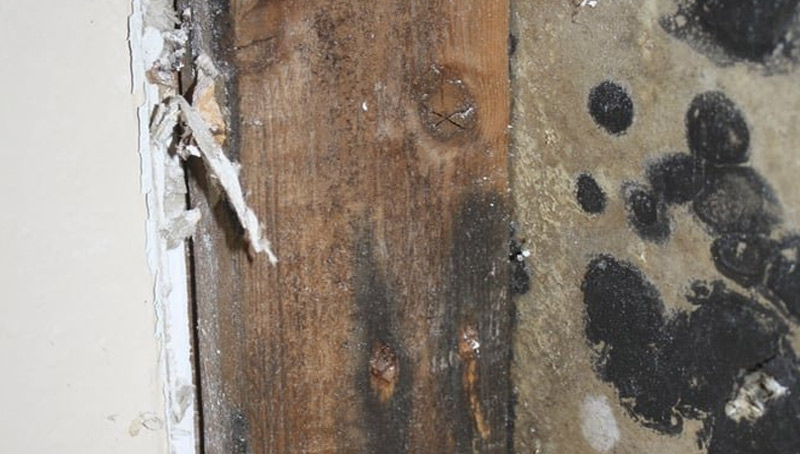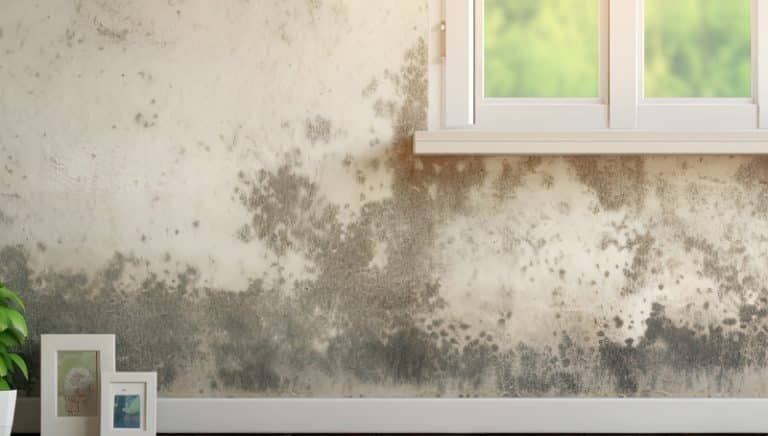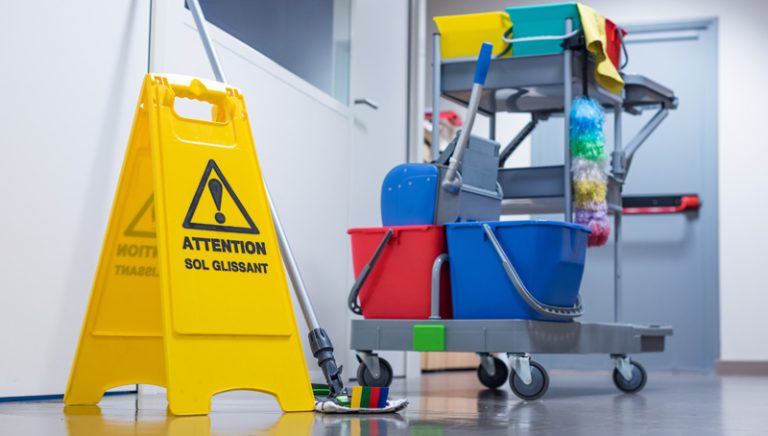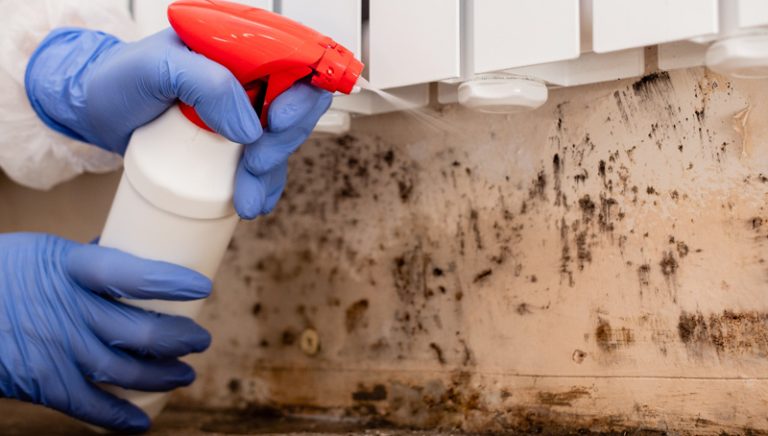When most people think of mold in their homes, they are reminded of neglected bathtub caulking, the area around the washer drain, or the bottom drawer in the fridge no one goes in. You need to know that indoor mold is common and exists in a number of forms throughout our homes. Often this serious health danger is overlooked. Molds are species of fungi that can exist both indoors and outdoors. Over time Exposure to mold can cause severe respiratory problems Mold could even be considered a “silent killer”
Here are some more common symptoms of exposure:
- Runny nose
- Sneezing
- Coughing
- Itchy eyes, nose, or throat
- Wheezing or shortness of breath
- Tightness in the chest
Sometimes symptoms happen all at once, some people experience only one or two of them. Each person is different, and mold affects different allergies and medical issues. The effects of mold are different on each person. Those with respiratory ailments and severe allergies are most susceptible. The amount of mold also varies depending on the season. Months with high levels of precipitation encourages mold growth.
How does mold cause health problems?
When we inhale mold spores, they invade our respiratory tract. Our body seeks to demolish the mold by using our immune system much similar to it fighting any other virus. This is what causes the flu/cold like results with headaches, sneezing, runny nose, and other symptoms. A major problem is that diseases like asthma, COPD, and bronchitis in which the air-ways that take oxygen to the lungs are already compromised can be aggravated by indoor mold. Inhaling of large amounts of mold can even result in poisonous from the toxins.
Ordinary indoor molds
There are 3 categories of mold: pathogenic, allergenic, and toxogenic. Allergenic are known to reason simple allergic reactions in most people. Pathogenic molds are of concern for individuals with respiratory illness, and pathogenic mold is a danger to us all. Here are two of the more common and troublesome molds we have among us
- Green Molds (Aspergillums/Penicillium) over 185 categories of this particular fungus have been catalogued. It is linked to most allergies and a severe infection called Aspergillosis. This sometimes-fatal infection attacks the lungs, nose, eyes, ear, sinuses, and possibly the brain of its victim. . Aspergillosis is contracted by inhaling the green mold spores.
- Black Molds (Stachybotrys) –black mold is spongy plus wet to the touch as well as can be found growing quickly in wet conditions in your home. Wallpaper, old clothes, drywall, carpet, and other places can provide a perfect breeding ground for this, what can be the most dangerous of all molds. Not all black molds are toxic. Testing should be done to determine the extent of your problem. Black mold elimination should also be by a professional mold remediation team to assure your safety.
How can I avoid the problems caused by mold?
The EPA has published information stating, “The key to mold manage is MC/moisture control.” Simply put, Mold spores will not grow in an arid environment. If you have a wetness problem in your home, you must fix the issue immediately, or you will have problems with mold. The procedure of mold removal and cleanup from indoor surroundings is known as Mold remediation.
It begins with a VE/visual examination to look for mold and to the species and amount of contamination. In serious cases, particularly when family members are experiencing serious symptoms you may have to open walls, pull up carpeting, or access crawlspaces to determine the severity of the infestation. Standard treatment is to dry area out with fans and dehumidifiers, then to cleaning the remaining mold with bleach. If you are facing a serious mold problem, it might be best to leave these takes to professionals. A mold remediation company will do the job quickly and thoroughly. With professionals, you know that the safety of your home and family is safe.





